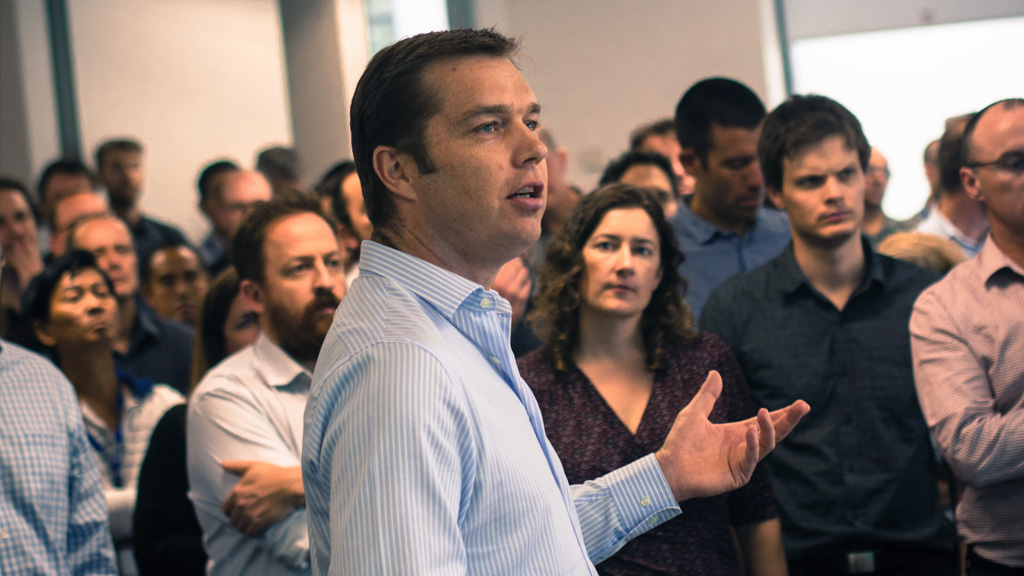
When it comes to innovation, I believe that ‘uniqueness’ is misunderstood and often overrated. Let me explain why.
A common misconception is that to create an innovative product, you need to develop unique technology. I disagree with this approach. I believe that to create an innovative product – that will also be commercially successful – you need to develop a unique solution. You need to identify a problem that has not yet been addressed effectively, and work out how you can solve it. If that leads to the development of new technology, great. But that is by no means essential. In fact, it may even be an expensive distraction. Some of the best innovations are developed by using existing technology to solve problems that have not yet been solved.
Focus on the problem, not the technology
Take Apple. Two of the key reasons that Apple is one of the biggest companies in the world today, are the iPod and iTunes. These innovations were developed in response to several problems facing music consumers in the early 2000s. Digital music was taking off, but most was shared illegally through file sharing sites like Napster and LimeWire. Portable MP3 players were also becoming popular, but they were either big and clunky, or held only a couple dozen songs. And the process of moving files from your computer to your MP3 player took ages and was not user friendly.
Apple tackled music management first. They bought SoundJam MP, an existing Mac MP3 player application, and simplified the design before launching it as iTunes in January 2001. Next, they solved the user experience issues that plagued portable MP3 players. To do this, they drew on the best existing technology – a small Toshiba 5GB hard drive to solve the storage/size problem, and their own FireWire technology for fast file transfer with iTunes – and designed a scroll wheel that allowed users to quickly browse thousands of songs much faster than buttons. The iPod was a success, selling more than 125,000 in its first two months in 2001, and millions in years to come.
Arguably the biggest innovation came a couple years later, with the launch of the iTunes Music Store in April 2003. Apple addressed the problem of illegal file sharing by creating an easy-to-use and reliable platform for legally downloading music. Steve Jobs, Apple’s CEO said at the time: “Consumers don’t want to be treated like criminals and artists don’t want their valuable work stolen. The iTunes Music Store offers a groundbreaking solution for both.” But it was not the technology that was groundbreaking – iTunes already existed, as did online payments – it was the business model that was innovative. Apple used its clout to convince record companies to distribute music online (by song as well as album), and persuaded credit card companies to allow micropayments of less than a $1 per transaction. Users responded – downloading more than 25 million songs by the end of 2003. Over the next few years, the winning combination of the iPod and iTunes Music Store saw sales for both skyrocket. By seeking solutions to user problems, Apple established its reputation as a tech innovator and set itself up for years of growth and success.
Listening to your customers is key
Now, let’s look at an example closer to Planet Innovation. Several years ago, we launched the Zen Thermostat, a beautiful, easy-to-use smart thermostat. We had a route to the consumer market through a partnership with Comcast in the US and Telstra in Australia, but we were developing our own business leads. Through talking to these business customers, we soon discovered an unmet need for a system to remotely control energy consumption across multiple buildings. While large office buildings often had a building management system installed, there was a gap in the market for a system that catered to the needs of businesses that operated across multiple buildings, such as hotel and restaurant chains. To address this problem, we developed the Zen HQ cloud platform. Following the installation of Zen Thermostats and/or lighting controls, business owners can simply log into the Zen HQ app or website to control the heating, cooling, lighting and energy use at all their premises, saving up to 30 per cent on HVAC energy costs. The technology behind this was not ground breaking – the Internet of Things was already well established at this point – the innovation was in how the technology solved this particular problem.
Walking on broken Glass
Now what about companies that focused primarily on creating unique technology? There are countless examples in the start-up graveyard, but I’m going to pick on one of the big guys – Google. You probably remember the hype surrounding Google Glass about five years ago. A lot of media coverage, a lot of R&D dollars, all leading up to a product that was bug-ridden and too geeky for people to wear. The problem was that they had created a product that their consumer audience didn’t need or want. Between low sales and privacy concerns, the product was shelved after a couple years. It’s since been relaunched as a business product, focused on workplaces where people need their hands free, such as manufacturing plants. So, the technology might finally be finding its market and solving a problem. But I can’t help but think that if they’d started with the problem in the first place, the road to commercial success would have been much smoother.
Summary
This brings me back to my original point; if you want to make a unique product that is commercially successful, you’ve got to start with the problem and find a unique solution. If you concentrate on developing ground-breaking tech, sometimes you’ll get lucky and invent the next big thing, but more likely, you’ll end up with an expensive gadget that no one wants to buy. Focus on finding unique solutions, and don’t get caught up trying to create unique technology. That’s what I call innovation.
Further reading
Edwards, B. The iPod: How Apple’s legendary portable music player came to be. Macworld. October 23, 2011.
Kahney, L. An illustrated history of the iPod and its massive impact. Cult of Mac. October 23, 2016.
Levy, S. Google Glass 2.0 is a startling second act. Wired. July 18, 2017.
Illustration adapted from “Google Glass Photoshoot 27188” by Ted Eytan under https://creativecommons.org/licenses/by-sa/2.0/legalcode








